Home>Home Appliances>Laundry Appliances>How To Clean A Front-Loading Washing Machine
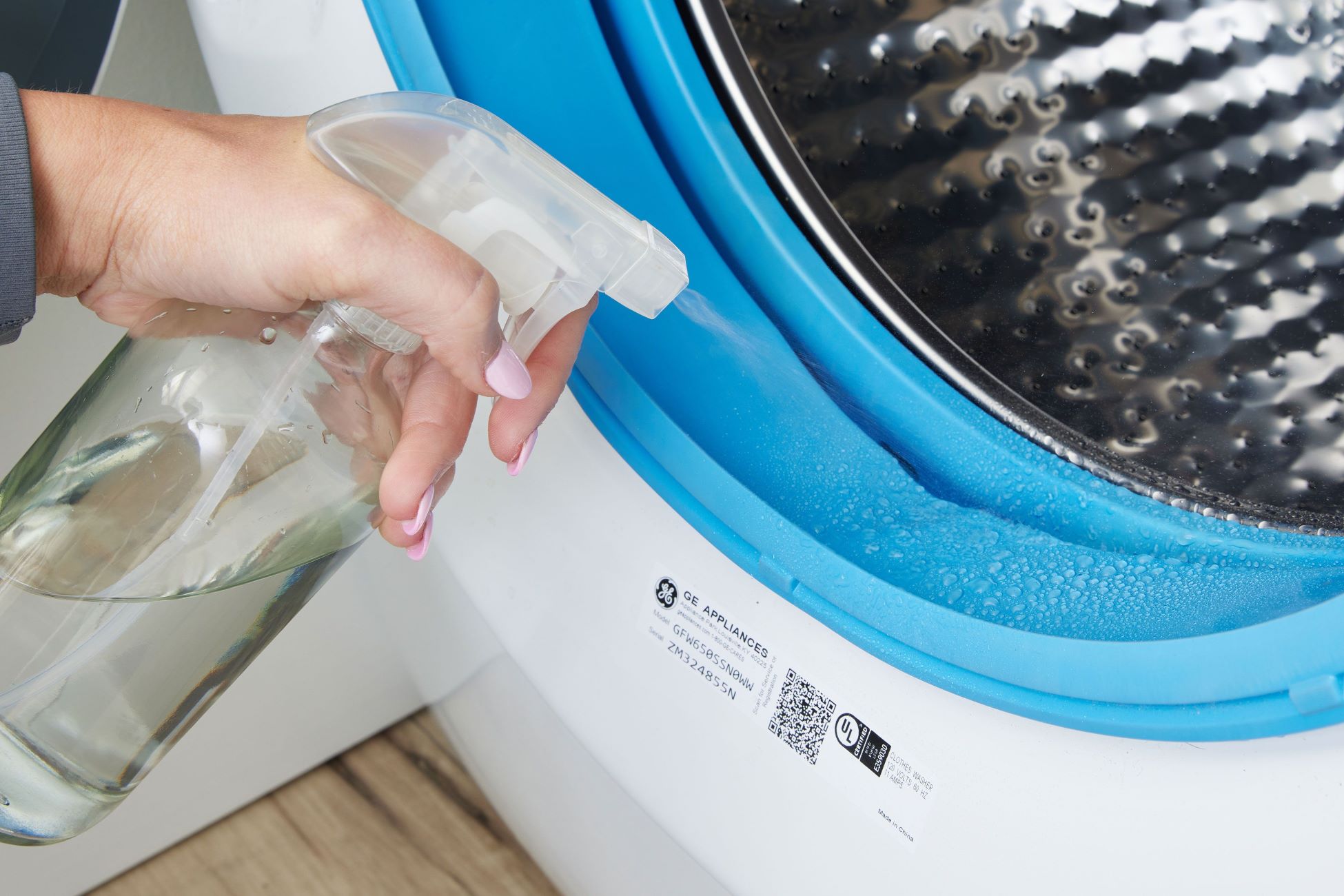

Laundry Appliances
How To Clean A Front-Loading Washing Machine
Modified: August 31, 2024
Learn how to properly clean your front-loading washing machine for optimal performance and longevity. Discover effective maintenance tips for laundry appliances.
(Many of the links in this article redirect to a specific reviewed product. Your purchase of these products through affiliate links helps to generate commission for Storables.com, at no extra cost. Learn more)
Introduction
A front-loading washing machine is a modern marvel, efficiently handling the daunting task of cleaning our clothes. However, while it diligently washes away dirt and grime, it's essential to remember that the washing machine itself requires regular cleaning to maintain its optimal performance and longevity. Over time, soap scum, dirt, and moisture can accumulate in various parts of the machine, leading to unpleasant odors and potential malfunctions. Therefore, understanding how to effectively clean a front-loading washing machine is crucial for ensuring its continued efficiency and the cleanliness of your laundry.
In this comprehensive guide, we will explore the step-by-step process of cleaning a front-loading washing machine, providing valuable insights and practical tips to help you maintain a hygienic and well-functioning appliance. From cleaning the door seal and detergent drawer to addressing the drum and filter, we will cover every essential aspect of washing machine maintenance. Additionally, we will discuss the importance of running a cleaning cycle and implementing ongoing practices to uphold a clean and odor-free washing machine.
By following the guidance presented in this article, you will not only enhance the performance and lifespan of your front-loading washing machine but also ensure that your laundry emerges fresh and clean with every wash. Let's delve into the necessary supplies and the detailed steps for cleaning a front-loading washing machine, empowering you to take proactive measures in preserving the efficiency and cleanliness of this indispensable household appliance.
Key Takeaways:
- Regularly clean your front-loading washing machine using white vinegar, baking soda, and hot water to prevent odors, mold, and malfunctions. Maintain a hygienic appliance for fresh and clean laundry every time.
- Implement ongoing maintenance practices such as wiping down surfaces, leaving the door ajar, using high-efficiency detergents, and cleaning dispenser trays to uphold the cleanliness and efficiency of your washing machine. Consistent care ensures fresh and clean laundry.
Read more: How To Clean A Front Load Washer With Bleach
Necessary Supplies
Before embarking on the task of cleaning your front-loading washing machine, it's essential to gather the necessary supplies to ensure a thorough and effective cleaning process. Here's a list of the supplies you'll need:
-
White Vinegar: This versatile household staple serves as a powerful natural cleaner and deodorizer. Its acidic properties help dissolve mineral deposits and soap scum, effectively cleansing the interior of the washing machine.
-
Baking Soda: Known for its gentle abrasive and odor-neutralizing properties, baking soda is an excellent cleaning agent for removing stubborn residues and eliminating unpleasant odors from the washing machine.
-
Microfiber Cloth: Opt for a soft microfiber cloth to wipe down the door seal and other accessible parts of the washing machine. Its gentle texture ensures thorough cleaning without causing damage to the surfaces.
-
Toothbrush or Soft Bristle Brush: A toothbrush or soft bristle brush is ideal for reaching and scrubbing intricate areas, such as the detergent drawer and rubber gaskets, effectively removing grime and buildup.
-
Hot Water: Access to hot water is crucial for activating the cleaning agents and facilitating the removal of dirt and residues from the washing machine components.
-
Rubber Gloves: Protect your hands from direct contact with cleaning solutions and potential allergens by wearing rubber gloves throughout the cleaning process.
-
Clean Cloth or Towel: Have a clean cloth or towel on hand to wipe down surfaces and components after cleaning, ensuring a dry and pristine finish.
By ensuring that you have these supplies readily available, you can proceed with confidence, knowing that you have everything necessary to thoroughly clean your front-loading washing machine. These supplies, combined with the step-by-step cleaning process outlined in this guide, will enable you to maintain a hygienic and well-functioning appliance, ensuring that your laundry emerges fresh and clean with every wash.
Cleaning the Door Seal
The door seal of a front-loading washing machine is a critical component that requires regular cleaning to prevent the accumulation of dirt, grime, and moisture. Neglecting the cleaning of the door seal can lead to the development of mold, mildew, and unpleasant odors, compromising the cleanliness of your laundry. To effectively clean the door seal, follow these detailed steps:
-
Inspect for Debris: Begin by carefully examining the door seal for any visible debris, including lint, hair, and other particles that may have become trapped in the folds of the seal. Use a dry microfiber cloth to gently remove these loose particles, ensuring that the seal is free from any surface debris before proceeding with the cleaning process.
-
Prepare the Cleaning Solution: In a small container, mix equal parts of white vinegar and hot water to create a potent yet natural cleaning solution. The acidic properties of white vinegar make it an effective agent for dissolving mold, mildew, and soap scum, while the hot water helps to activate the cleaning solution for optimal results.
-
Soak the Cloth: Dip a clean microfiber cloth into the prepared cleaning solution, ensuring that it is thoroughly saturated. The damp cloth will be used to wipe down the door seal, targeting any visible stains, residues, or mold growth.
-
Thoroughly Wipe the Seal: With the damp cloth in hand, carefully and methodically wipe down the entire door seal, paying close attention to the folds and crevices where moisture and residues tend to accumulate. Use gentle yet firm pressure to effectively remove any buildup and stains, ensuring that the seal is thoroughly cleansed.
-
Address Stubborn Stains: For stubborn stains or areas with visible mold or mildew, consider using a toothbrush or soft bristle brush dipped in the cleaning solution to gently scrub the affected areas. This targeted approach helps to dislodge and remove tough residues, restoring the cleanliness of the door seal.
-
Dry the Seal: Once the cleaning process is complete, use a dry microfiber cloth to carefully dry the door seal, ensuring that no excess moisture remains. This step is crucial for preventing the development of mold and mildew following the cleaning process.
By diligently following these steps, you can effectively clean the door seal of your front-loading washing machine, mitigating the risk of mold, mildew, and unpleasant odors. Regular maintenance of the door seal contributes to a hygienic and odor-free washing machine, ultimately ensuring that your laundry emerges fresh and clean with every wash.
Cleaning the Detergent Drawer
The detergent drawer of a front-loading washing machine plays a crucial role in dispensing cleaning agents during the laundry cycle. Over time, residue from detergents, fabric softeners, and other laundry products can accumulate in the detergent drawer, leading to clogs, unpleasant odors, and reduced dispensing efficiency. Therefore, regular cleaning of the detergent drawer is essential to maintain its functionality and prevent potential issues. Follow these detailed steps to effectively clean the detergent drawer:
-
Remove the Drawer: Start by fully extending the detergent drawer from the washing machine. Most front-loading washers allow for the easy removal of the detergent drawer by pressing a release button or gently pulling it out. Carefully detach the drawer from its compartment, ensuring that it is fully accessible for cleaning.
-
Disassemble Components: Upon removing the detergent drawer, disassemble its components, including the main compartment for detergent, as well as any additional compartments for fabric softener and bleach. Check for any removable parts or inserts within the drawer and detach them for thorough cleaning.
-
Soak in Cleaning Solution: Prepare a cleaning solution by combining equal parts of white vinegar and hot water in a container. Submerge the disassembled detergent drawer components in the cleaning solution, ensuring that they are fully immersed. The acidic properties of white vinegar effectively break down detergent residues and mineral deposits, facilitating their removal.
-
Scrub and Rinse: Using a toothbrush or soft bristle brush, gently scrub the interior and exterior of the detergent drawer components, targeting any visible residues or stains. Pay close attention to the dispensing channels and compartments, ensuring that they are free from clogs and buildup. After thorough scrubbing, rinse the components with clean water to remove the cleaning solution and loosened residues.
-
Dry and Reassemble: Once cleaned and rinsed, use a clean cloth to thoroughly dry the detergent drawer components. Ensure that all moisture is removed to prevent the development of mold or mildew. Once dry, reassemble the components and carefully reinsert the detergent drawer into its designated compartment in the washing machine.
By following these steps, you can effectively clean the detergent drawer of your front-loading washing machine, ensuring that it remains free from residues, clogs, and odors. Regular maintenance of the detergent drawer contributes to the efficient dispensing of cleaning agents, ultimately enhancing the cleanliness and freshness of your laundry.
Use a mixture of white vinegar and baking soda to clean the rubber seal and detergent drawer of your front-loading washing machine. Run a hot water cycle with the mixture to remove any built-up residue and odors.
Cleaning the Drum
Cleaning the drum of a front-loading washing machine is a crucial step in maintaining its cleanliness and optimal performance. Over time, the interior of the drum can accumulate residues, dirt, and mineral deposits, leading to unpleasant odors and potential stains on your laundry. To effectively clean the drum and ensure that it remains pristine, follow these detailed steps:
-
Empty the Drum: Before initiating the cleaning process, ensure that the drum is completely empty. Remove any laundry items, including garments, towels, or other materials, to provide unobstructed access to the interior of the drum.
-
Prepare the Cleaning Solution: In a container, mix a solution of white vinegar and hot water. The acidic nature of white vinegar makes it an effective natural cleaner, capable of dissolving mineral deposits, soap scum, and residues within the drum.
-
Add Baking Soda: For an extra cleaning boost, add a cup of baking soda to the cleaning solution. Baking soda acts as a gentle abrasive, aiding in the removal of stubborn residues and odors from the drum.
-
Pour the Solution: Carefully pour the prepared cleaning solution into the drum of the washing machine. Ensure that the solution is evenly distributed, covering the interior surfaces of the drum.
-
Run a Hot Cycle: Set the washing machine to run a hot water cycle. The combination of hot water and the cleaning solution will effectively cleanse the interior of the drum, dissolving residues and eliminating odors.
-
Pause and Soak: Once the washing machine has filled with the cleaning solution, pause the cycle and allow the solution to soak within the drum for approximately one hour. This extended soaking period maximizes the cleaning effectiveness, targeting tough residues and odors.
-
Resume and Complete the Cycle: After the soaking period, resume the hot water cycle and allow the washing machine to complete the full cycle. The agitation and rinsing action of the cycle will thoroughly cleanse the drum, ensuring that all residues and cleaning solution are effectively removed.
-
Wipe Down the Interior: Once the cleaning cycle is complete, use a clean microfiber cloth to wipe down the interior of the drum. This step helps to remove any loosened residues and ensures that the drum is left clean and dry.
By diligently following these steps, you can effectively clean the drum of your front-loading washing machine, eliminating residues, odors, and potential stains. Regular maintenance of the drum contributes to a hygienic and odor-free washing machine, ultimately ensuring that your laundry emerges fresh and clean with every wash.
Read more: How To Deep Clean Top Load Washer
Cleaning the Filter
The filter of a front-loading washing machine is a vital component that plays a significant role in trapping lint, debris, and other particles during the laundry cycle. Over time, the filter can become clogged with accumulated residues, potentially leading to drainage issues, unpleasant odors, and reduced washing machine efficiency. Therefore, regular cleaning of the filter is essential to maintain its functionality and prevent potential complications. Follow these detailed steps to effectively clean the filter of your front-loading washing machine:
-
Locate the Filter: Begin by locating the filter access panel on your washing machine. In most front-loading washers, the filter access panel is typically located at the front, near the bottom of the appliance. Consult the user manual for specific instructions on accessing the filter for your particular washing machine model.
-
Prepare for Drainage: Before opening the filter access panel, it's crucial to prepare for potential water drainage. Place a shallow container or towel beneath the access panel to catch any excess water that may be released when the filter is removed. This precaution helps to minimize mess and maintain a clean working environment.
-
Open the Access Panel: Carefully open the filter access panel, using a flathead screwdriver or a coin to release the locking mechanism. Exercise caution when opening the panel, as residual water may be present. Be prepared to contain any water that may spill out during the process.
-
Remove the Filter: Once the access panel is open, locate the filter and gently unscrew or release it from its housing. Take note of any additional components or attachments that may be present, ensuring that they are safely removed along with the filter.
-
Inspect and Clean the Filter: Thoroughly inspect the filter for accumulated lint, debris, and residues. Use a soft-bristled brush or a cloth to gently remove any visible particles from the filter. If the filter is heavily clogged, consider rinsing it under running water to dislodge stubborn residues.
-
Check the Housing: While the filter is removed, take the opportunity to inspect the filter housing for any signs of debris or blockages. Use a flashlight to illuminate the interior of the housing, ensuring that it is free from obstructions that may impede water flow.
-
Reassemble and Secure: Once the filter and housing are clean and free from debris, carefully reassemble the filter and secure it back into its housing. Ensure that it is properly aligned and securely fastened to prevent leaks or inefficiencies during future laundry cycles.
-
Test for Leaks: After reassembling the filter, run a brief washing machine cycle to test for any potential leaks or drainage issues. Monitor the filter access panel and surrounding areas for any signs of water leakage, ensuring that the filter is effectively reinstalled.
By diligently following these steps, you can effectively clean the filter of your front-loading washing machine, ensuring that it remains free from clogs, debris, and potential drainage issues. Regular maintenance of the filter contributes to the efficient operation of the washing machine, ultimately enhancing the cleanliness and freshness of your laundry.
Running a Cleaning Cycle
Initiating a dedicated cleaning cycle for your front-loading washing machine is a proactive measure that contributes significantly to the appliance's overall cleanliness and performance. This specialized cycle is designed to target and eliminate residues, odors, and potential mold or mildew growth within the machine, ensuring that it operates at its optimal capacity. To effectively run a cleaning cycle, follow these detailed steps:
-
Select the Cleaning Mode: Many modern front-loading washing machines feature a designated cleaning or maintenance mode. Consult the user manual for your specific washing machine model to identify and select the appropriate cleaning cycle. If a dedicated cleaning mode is not available, opt for the hottest water setting and the longest cycle duration to achieve similar cleaning effectiveness.
-
Prepare the Cleaning Solution: Prior to initiating the cleaning cycle, prepare a potent cleaning solution using white vinegar and baking soda. The combination of these natural cleaning agents effectively targets and dissolves residues, mineral deposits, and odors within the washing machine.
-
Add the Cleaning Agents: Pour the prepared cleaning solution directly into the detergent compartment or designated dispenser of the washing machine. Ensure that the cleaning solution is evenly distributed and ready to be dispersed throughout the interior of the machine during the cleaning cycle.
-
Run the Cleaning Cycle: Start the selected cleaning cycle, allowing the washing machine to fill with hot water and the cleaning solution. The combination of heat and the potent cleaning agents works to thoroughly cleanse the drum, door seal, detergent drawer, and other internal components, effectively removing residues and odors.
-
Pause for Soaking: Once the washing machine has filled with the cleaning solution, pause the cycle and allow the solution to soak within the machine for an extended period. This soaking phase maximizes the cleaning effectiveness, targeting tough residues and odors that may have accumulated over time.
-
Resume and Complete the Cycle: After the soaking period, resume the cleaning cycle and allow the washing machine to complete the full duration. The agitation and rinsing action of the cycle ensure that all residues and cleaning solution are effectively removed, leaving the interior of the machine clean and refreshed.
By following these steps and running a dedicated cleaning cycle, you can effectively maintain the cleanliness and optimal performance of your front-loading washing machine. This proactive approach not only eliminates residues and odors but also contributes to the longevity of the appliance, ensuring that your laundry emerges fresh and clean with every wash.
Maintaining a Clean Washing Machine
Maintaining a clean washing machine goes beyond periodic deep cleaning; it involves implementing ongoing practices to uphold the appliance's cleanliness and efficiency. By incorporating simple yet effective maintenance routines into your laundry care regimen, you can ensure that your front-loading washing machine continues to operate at its best. Here are essential tips for maintaining a clean washing machine:
-
Regular Wipe Downs: After each laundry cycle, take a moment to wipe down the door seal, detergent drawer, and exterior surfaces of the washing machine. Use a damp microfiber cloth to remove any visible residues or spills, preventing the accumulation of grime and maintaining a clean appearance.
-
Leave the Door Ajar: To prevent the development of mold and mildew, leave the washing machine door slightly ajar after completing a laundry cycle. Allowing air to circulate within the drum and door seal helps to dry out any residual moisture, reducing the risk of unpleasant odors and microbial growth.
-
Use High-Efficiency Detergents: Opt for high-efficiency (HE) detergents specifically formulated for front-loading washing machines. These detergents produce fewer suds and are designed to rinse away more effectively, minimizing the risk of residue buildup within the machine.
-
Clean the Dispenser Trays: Periodically remove and clean the detergent, fabric softener, and bleach dispenser trays. Residues can accumulate in these compartments, potentially leading to clogs and odors. Thoroughly rinse and dry the trays before reinserting them into the washing machine.
-
Inspect and Clean the Filter: Regularly check the filter for lint, debris, and residues. Depending on usage, the filter may require cleaning every few months to ensure unobstructed water drainage and optimal washing machine performance.
-
Run Maintenance Cycles: Many modern washing machines feature maintenance or self-cleaning cycles. Utilize these specialized cycles as recommended by the manufacturer to keep the appliance's interior clean and odor-free.
By incorporating these maintenance practices into your laundry routine, you can uphold the cleanliness and efficiency of your front-loading washing machine. Consistent care and attention to the appliance not only contribute to its longevity but also ensure that your laundry emerges fresh and clean with every wash.
Frequently Asked Questions about How To Clean A Front-Loading Washing Machine
Was this page helpful?
At Storables.com, we guarantee accurate and reliable information. Our content, validated by Expert Board Contributors, is crafted following stringent Editorial Policies. We're committed to providing you with well-researched, expert-backed insights for all your informational needs.
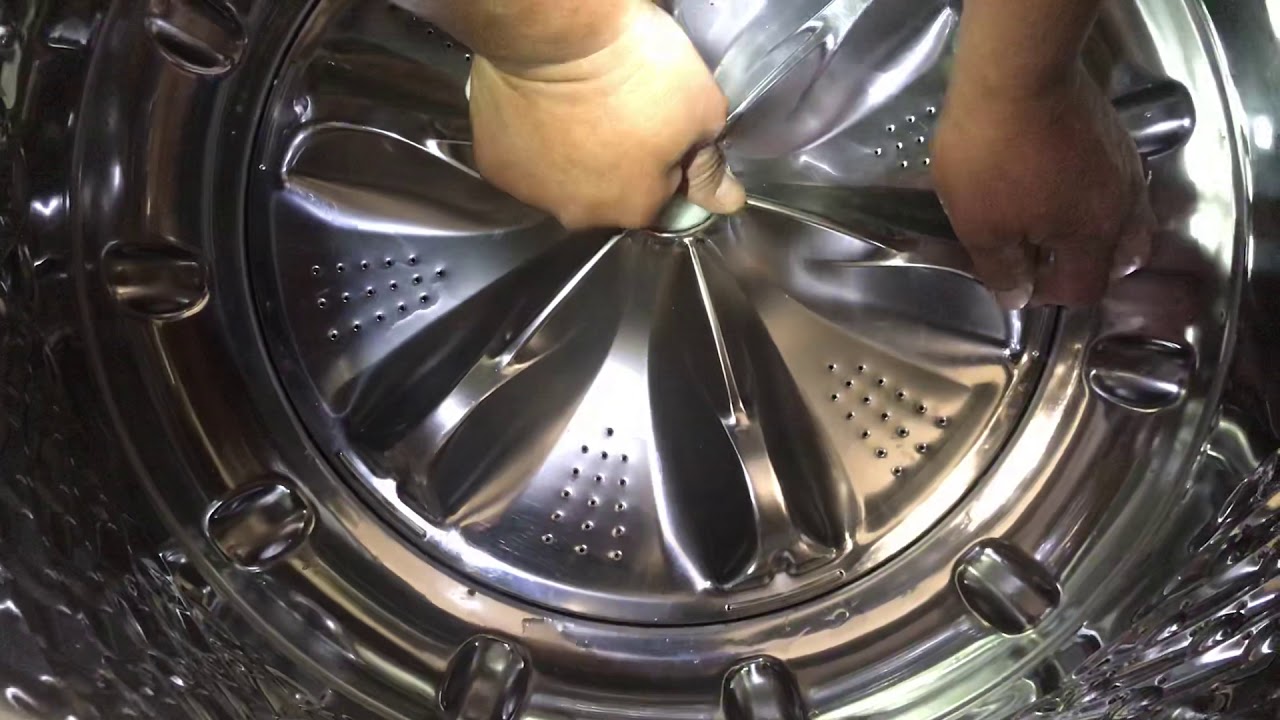
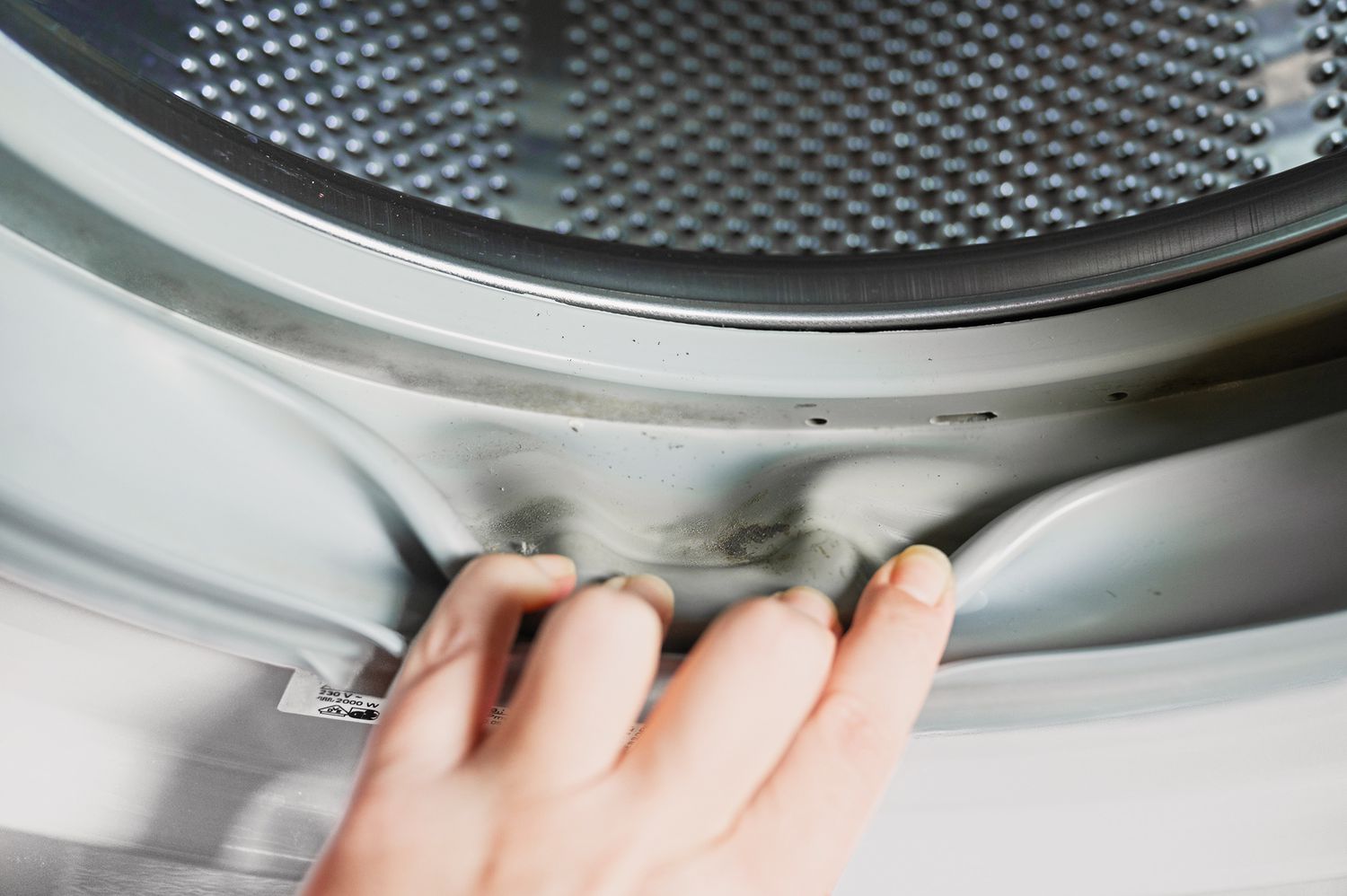
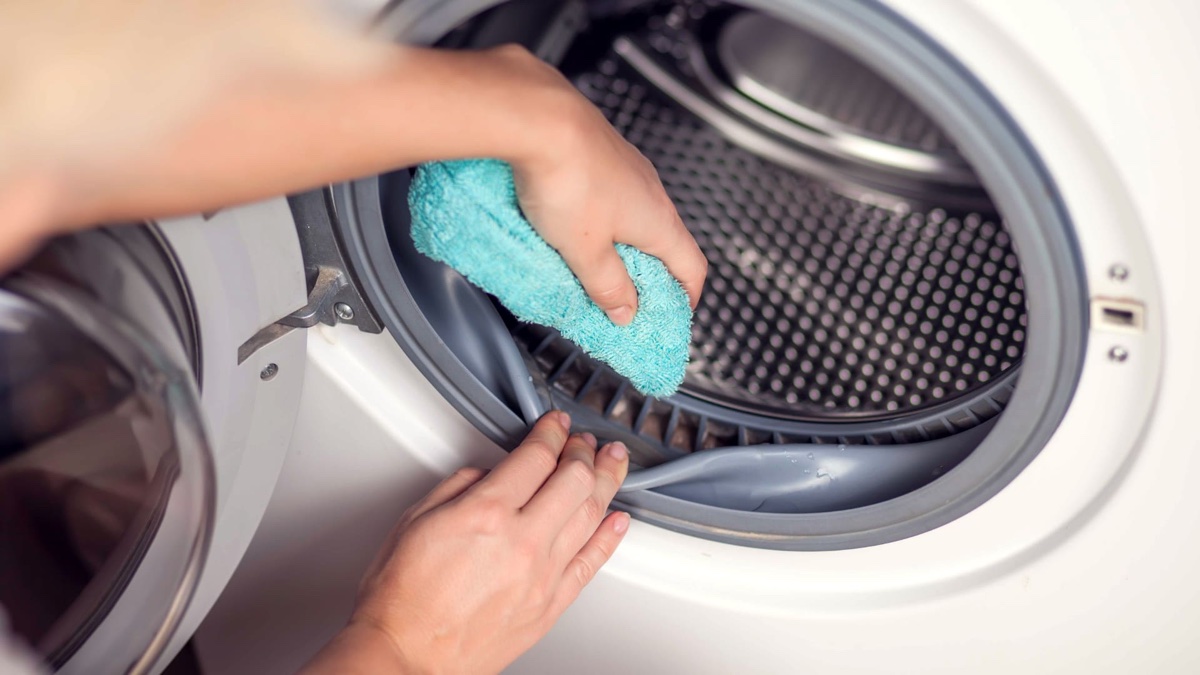
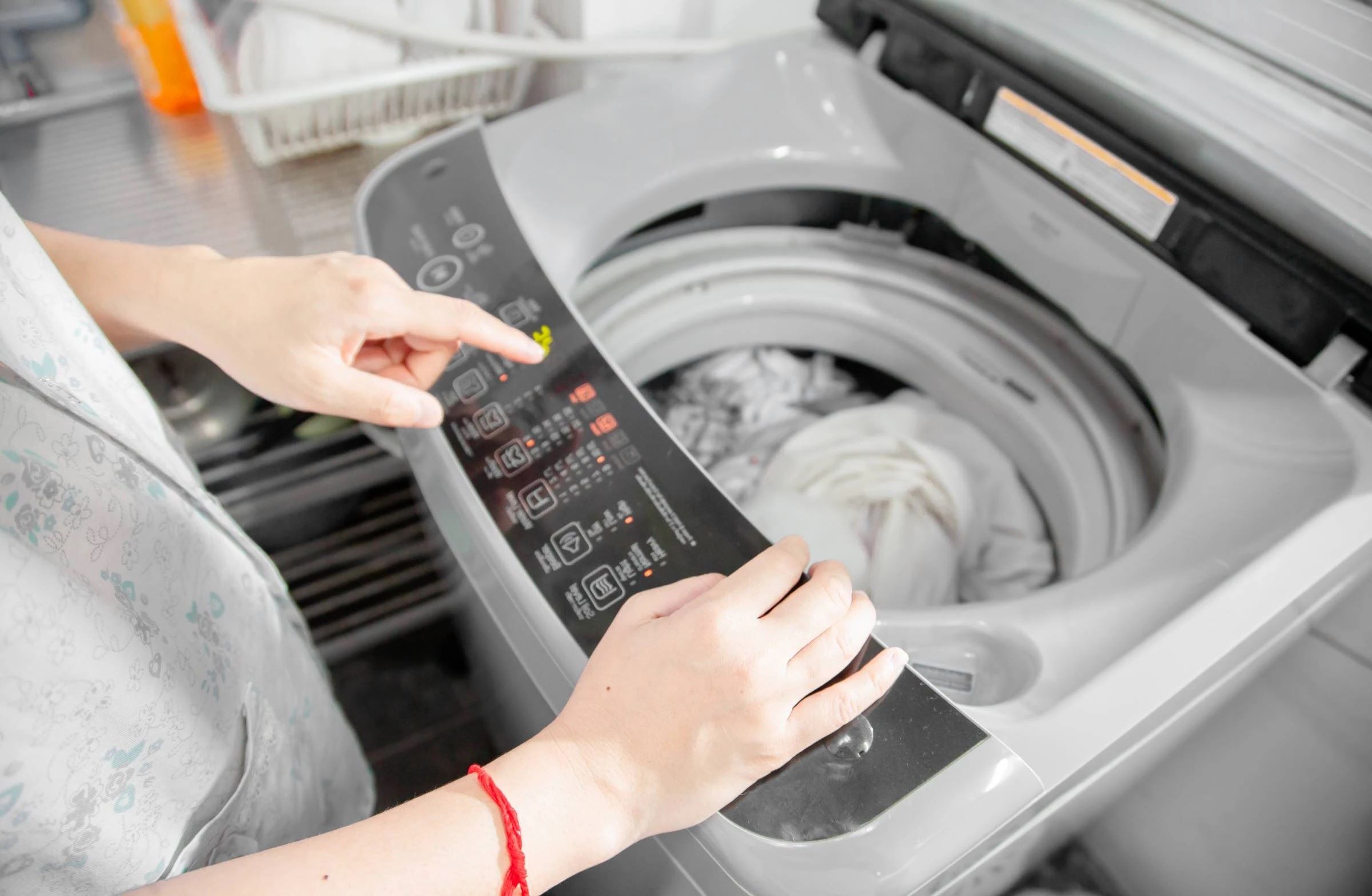
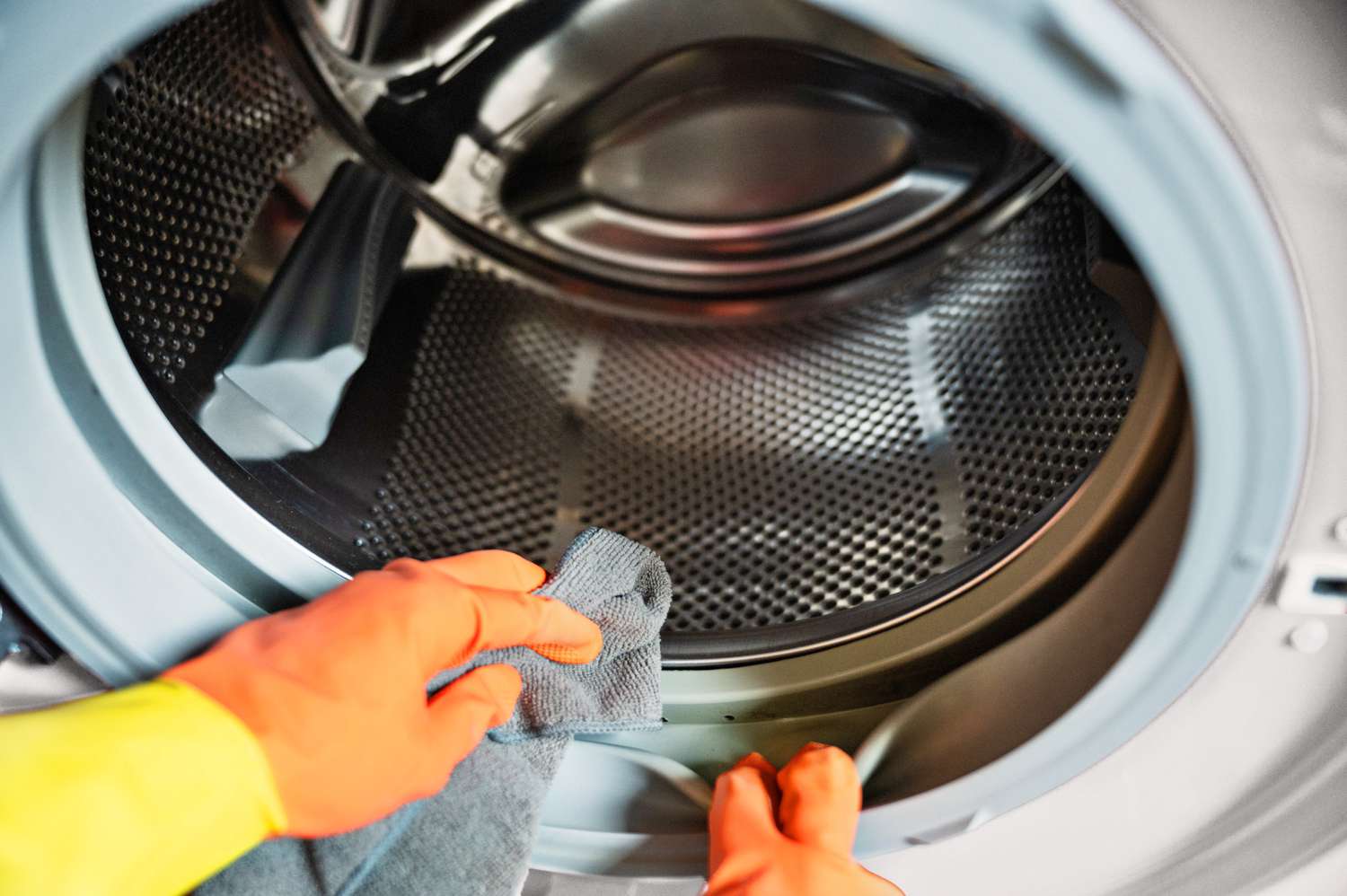
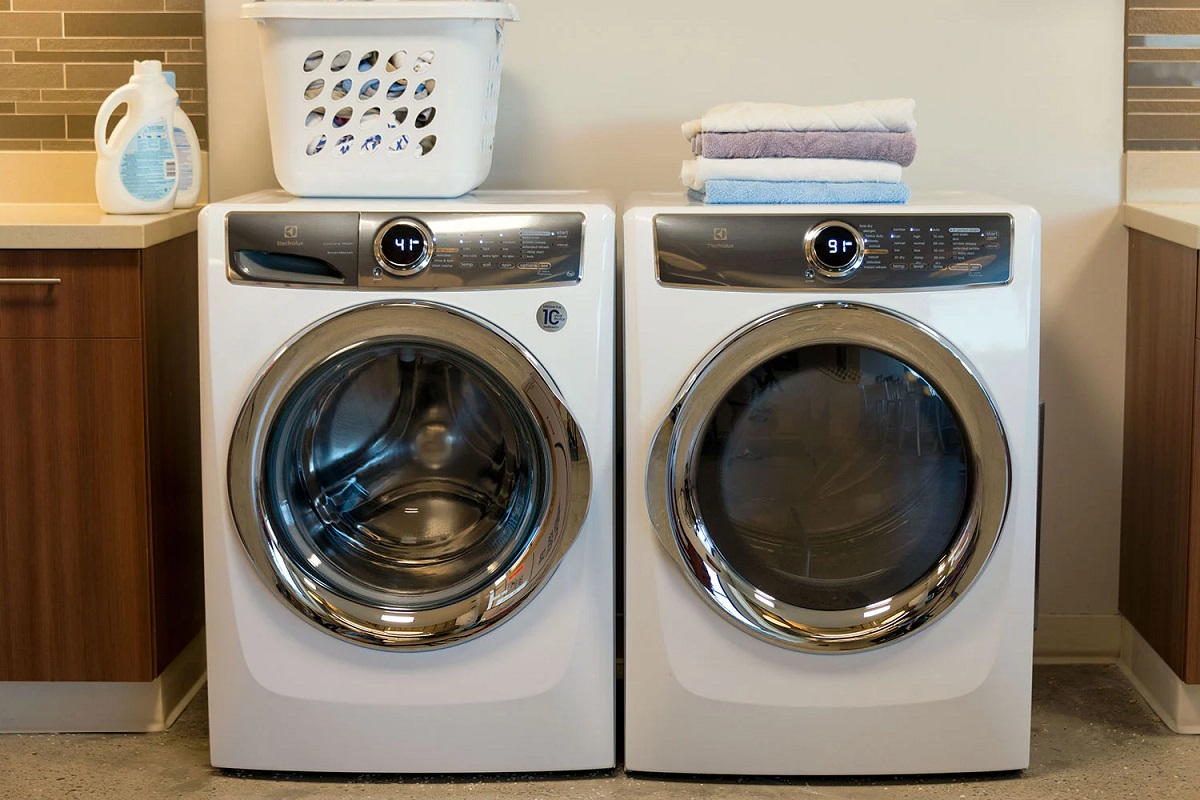
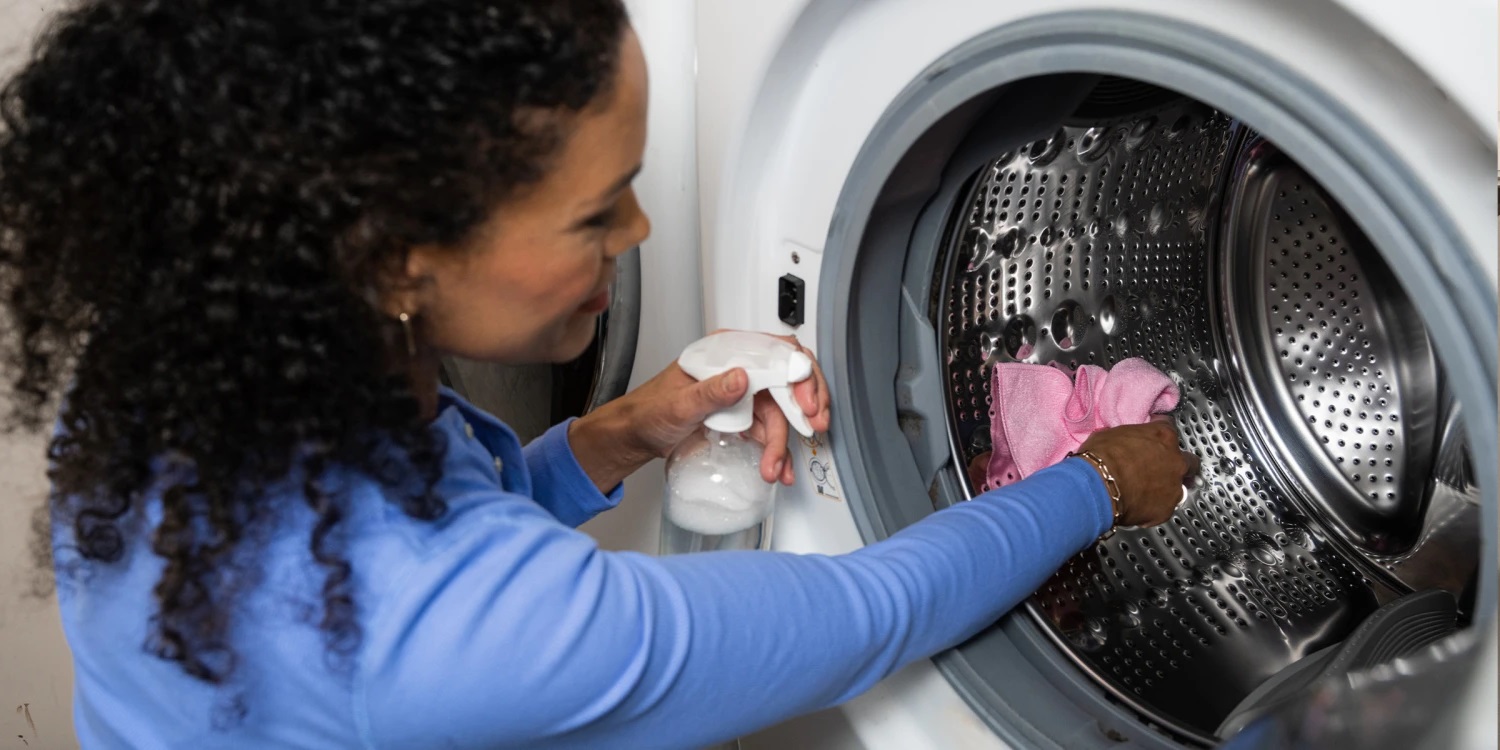
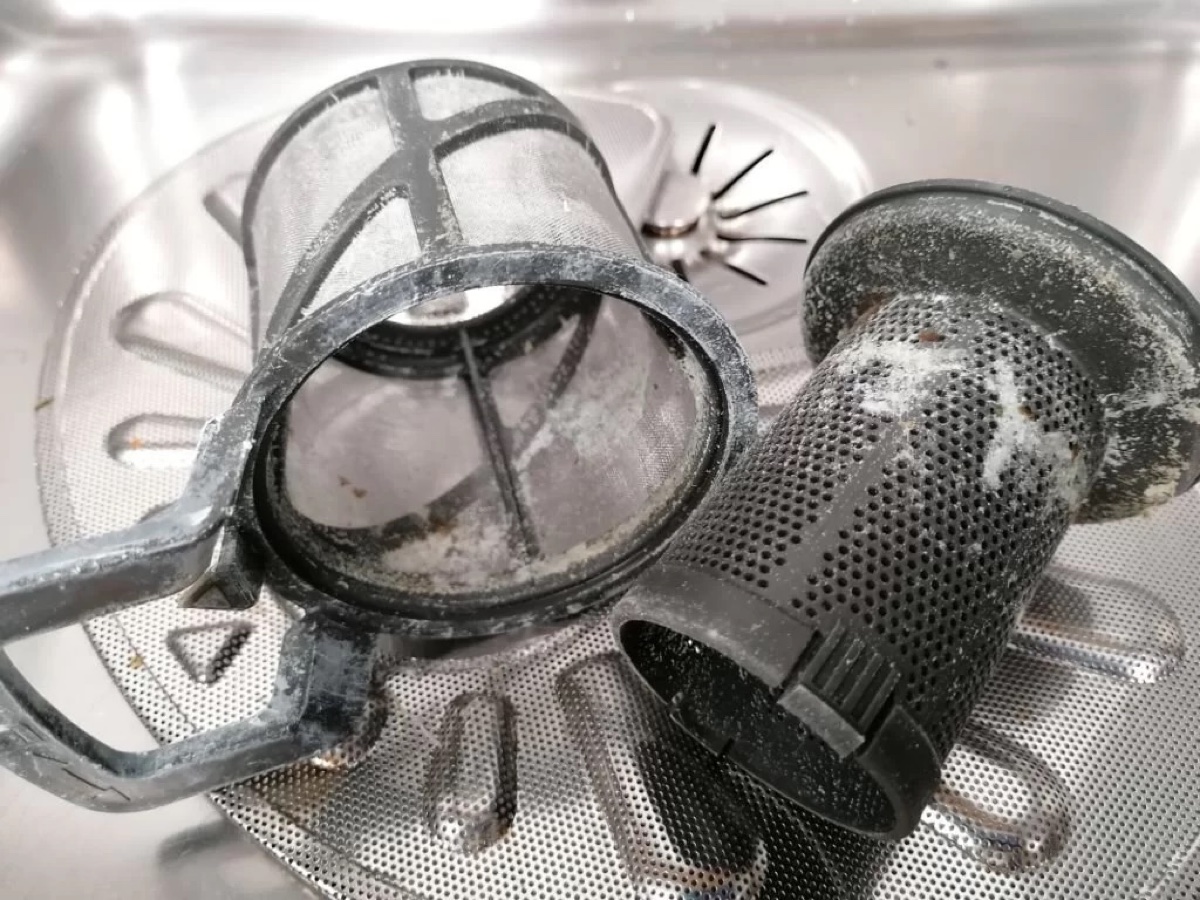
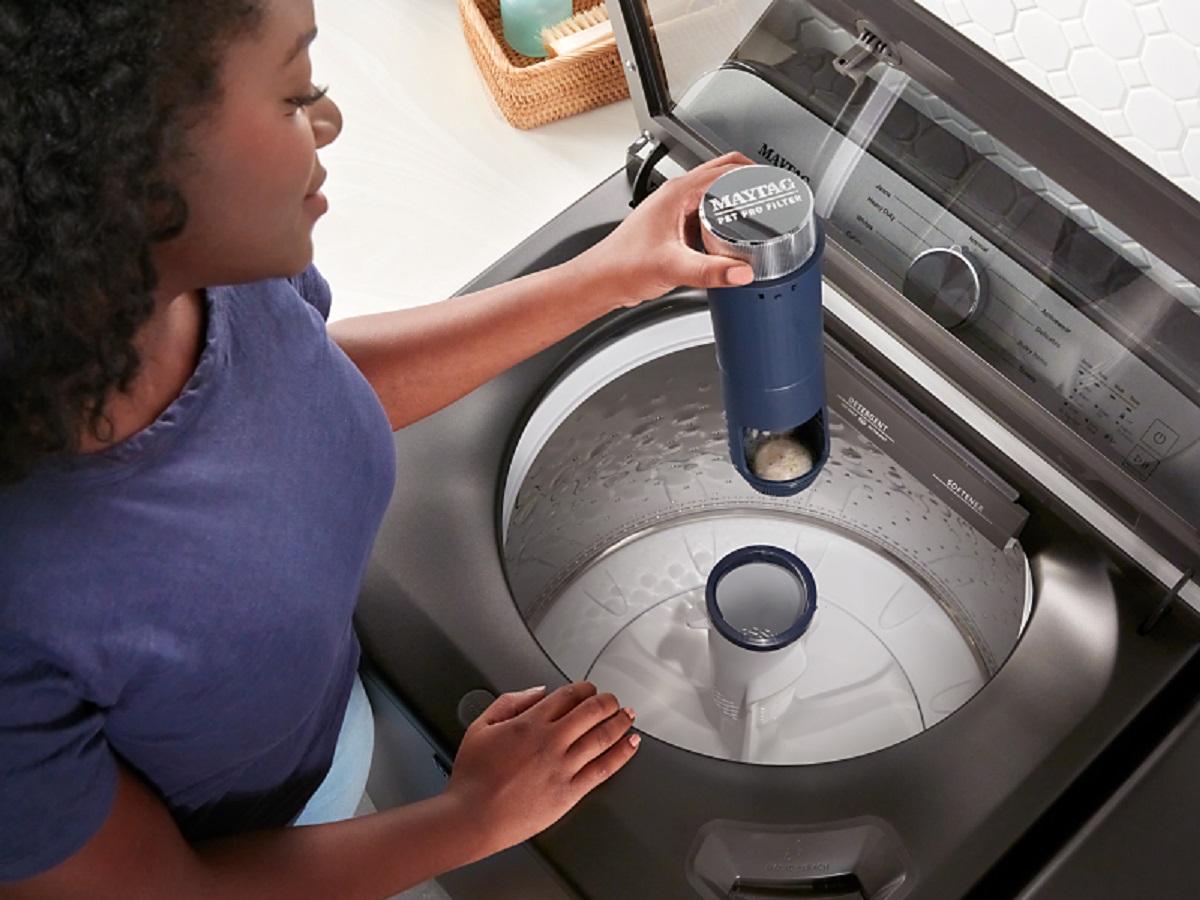
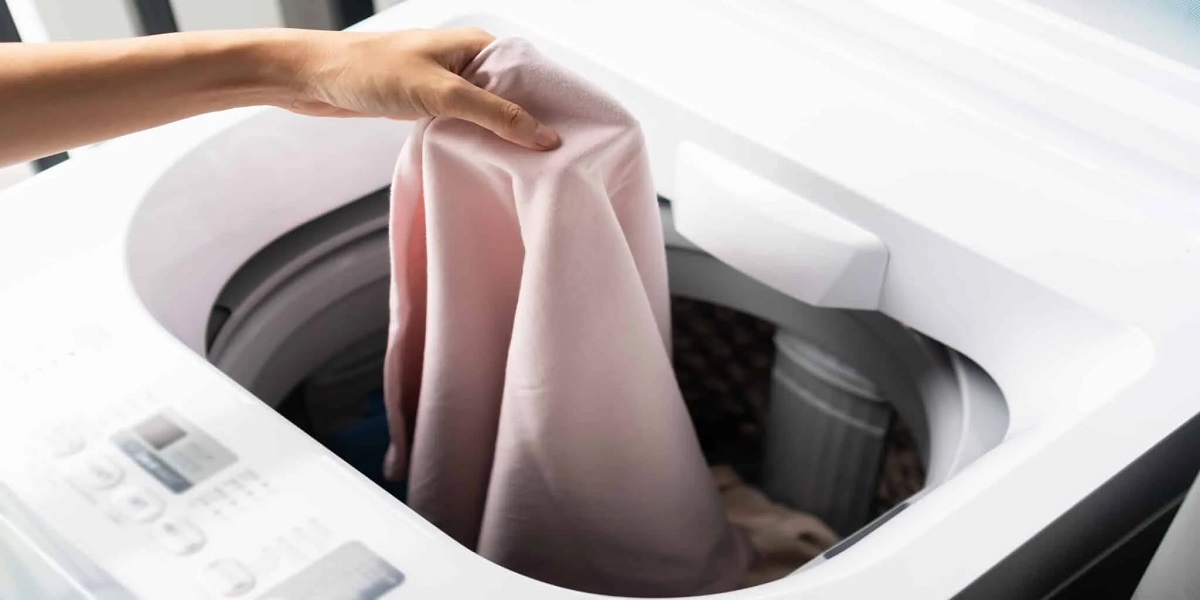
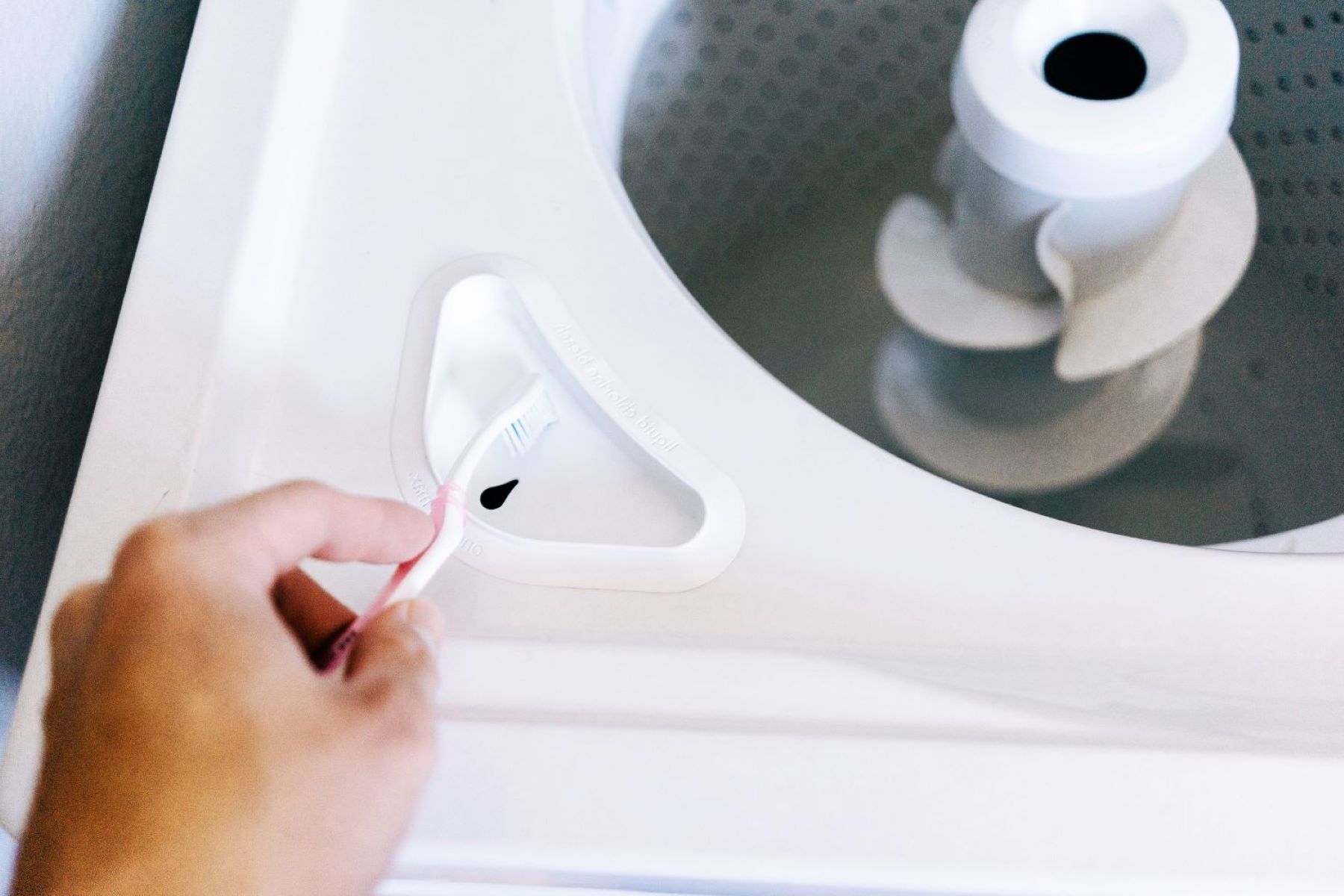
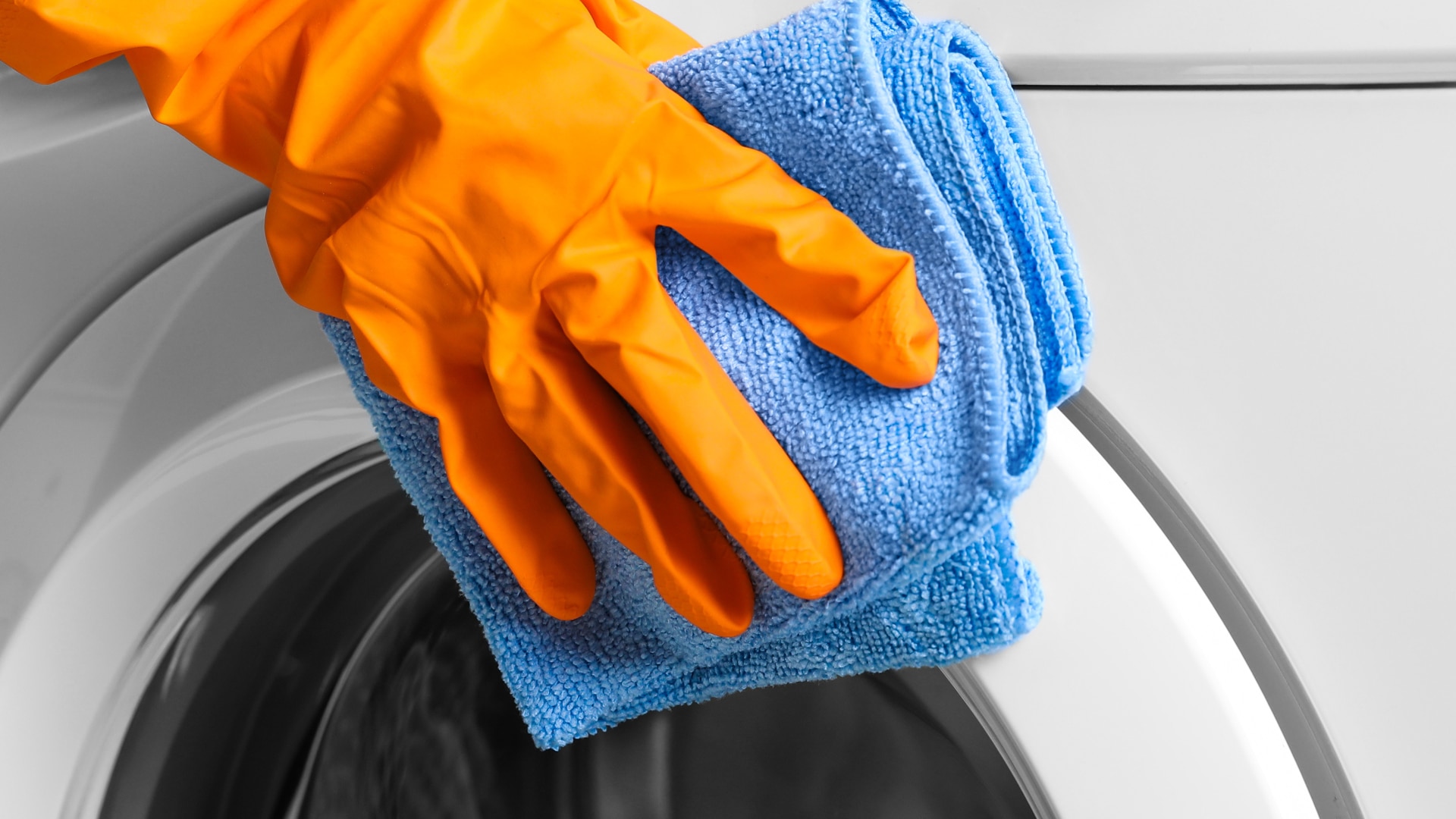
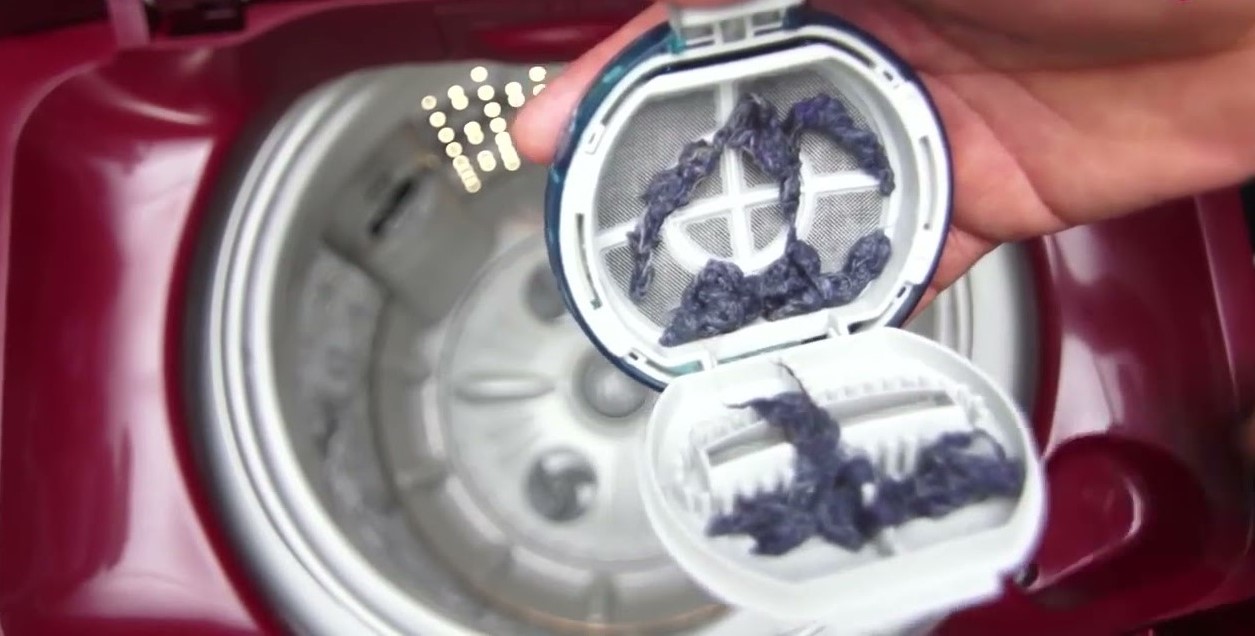
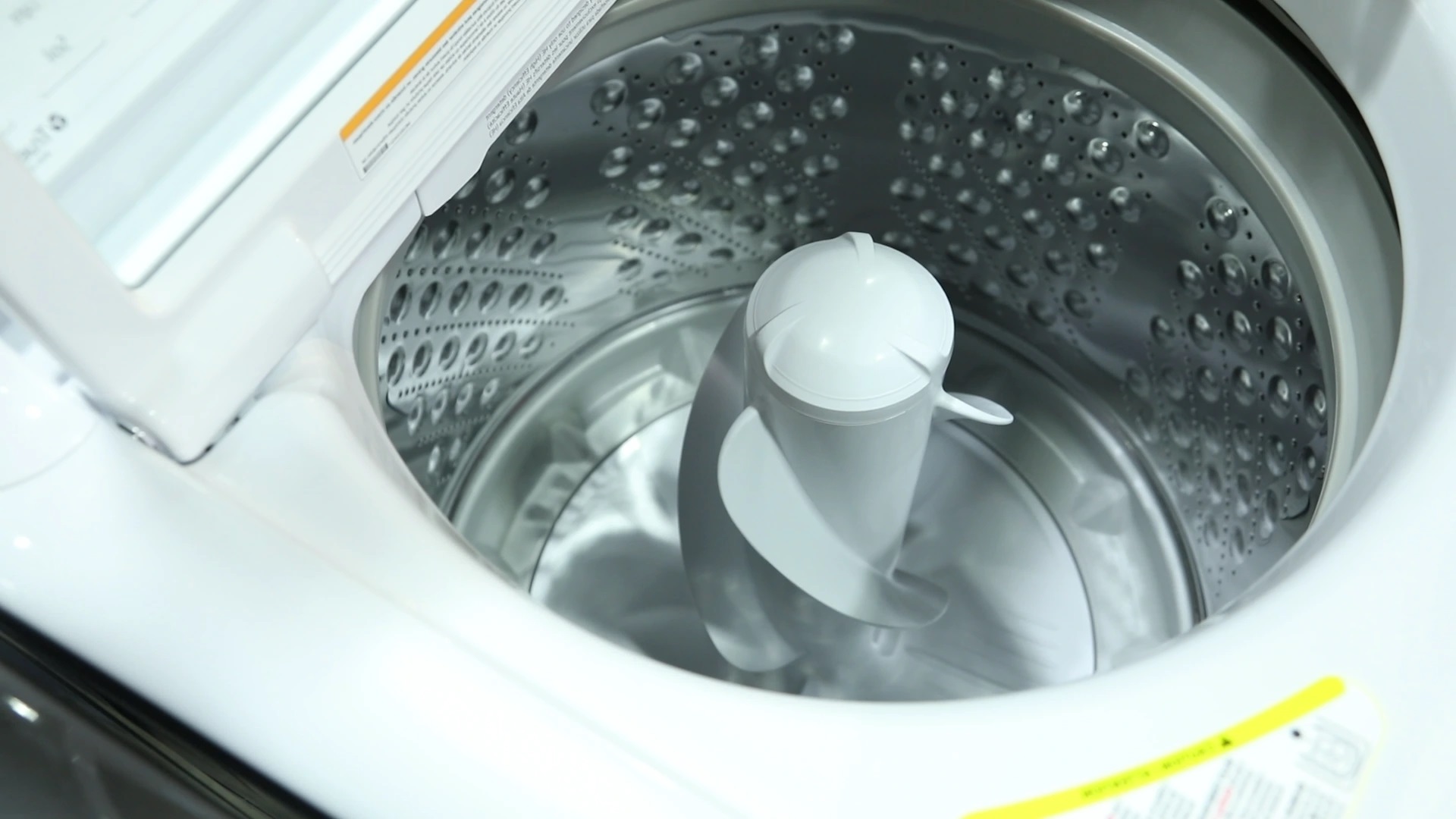

0 thoughts on “How To Clean A Front-Loading Washing Machine”